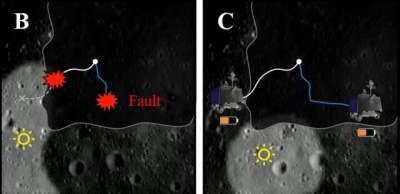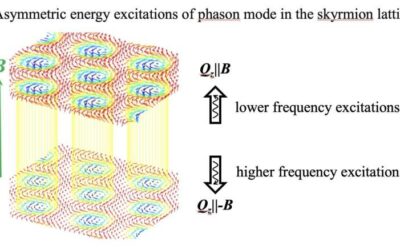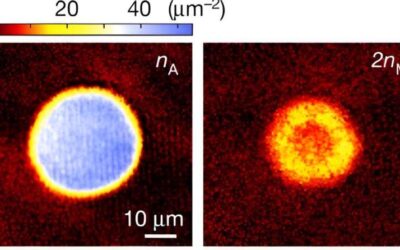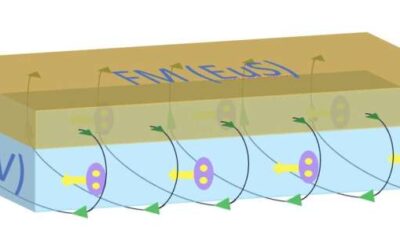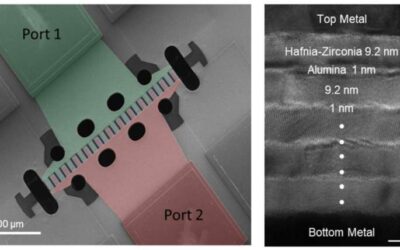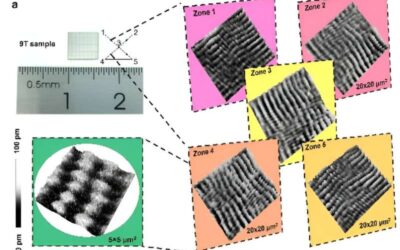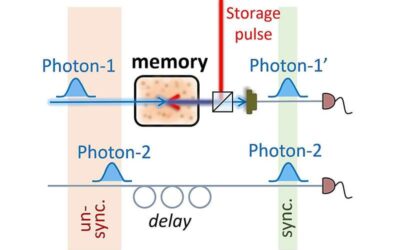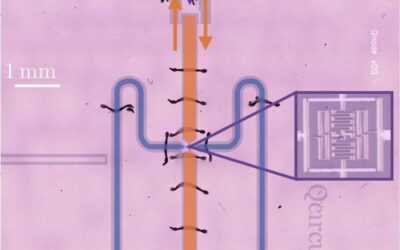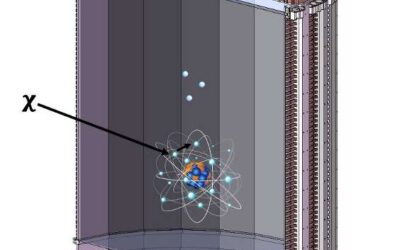NASA and other space agencies worldwide periodically send robots and automated vehicles into space to explore planets and other celestial objects in our solar system. These missions can greatly improve our understanding of the environment and resources in other parts...
PHYS.ORG
Study reveals an asymmetric dispersion of phason excitations in a skyrmion lattice
Magnetic skyrmions, statically stable magnetic quasiparticles with a topological charge, have been the focus of numerous recent studies, as they could support the development of so-called spintronics. These devices, which leverage the spin of electrons, could perform...
Study demonstrates many-body chemical reactions in a quantum degenerate gas
In recent years, physicists have been trying to attain the control of chemical reactions in the quantum degenerate regime, where de Broglie wavelength of particles becomes comparable to the spacing between them. Theoretical predictions suggest that many-body reactions...
Researchers observe ubiquitous superconductive diode effect in thin superconducting films
The so-called superconducting (SC) diode effect has recently attracted significant attention within the physics research community, due to its potential value for developing new technologies. This effect provides a key example of nonreciprocal superconductivity, as...
Nanoelectromechanical resonators based on hafnia–zirconia–alumina superlattices with gigahertz spectrum coverage
Newly developed atomic engineering techniques have opened exciting opportunities for enabling ferroelectric behavior in high-k dielectrics, materials that have a high dielectric constant (i.e., kappa or k) compared to silicon. This could in turn inform the development...
Millimeter-scale meron lattices that can serve as spin injectors for LEDs
Merons, topological structures based on in-plane magnetized magnetic materials, could have numerous valuable applications, particularly for carrying information or storing magnetic charge. Most past realizations of these structures, however, were limited in size and...
Research team synchronizes single photons using an atomic quantum memory
A long-standing challenge in the field of quantum physics is the efficient synchronization of individual and independently generated photons (i.e., light particles). Realizing this would have crucial implications for quantum information processing that relies on...
Researchers demonstrate scaling of aligned carbon nanotube transistors to below sub-10 nm nodes
Carbon nanotubes, large cylindrical molecules composed of hybridized carbon atoms arranged in a hexagonal structure, recently attracted significant attention among electronics engineers. Due to their geometric configuration and advantageous electronic properties,...
A quantum radar that outperforms classical radar by 20%
Quantum technologies, a wide range of devices that operate by leveraging the principles of quantum mechanics, could significantly outperform classical devices on some tasks. Physicists and engineers worldwide have thus been working hard to achieve this long-sought...
PandaX sets new constraints on the search for light dark matter via ionization signals
Teams of physicists worldwide have been trying to detect dark matter, an elusive type of matter that does not emit, absorb, or reflect light. Due to its lack of interactions with electromagnetic forces, this matter is very difficult to observe directly, thus most...

